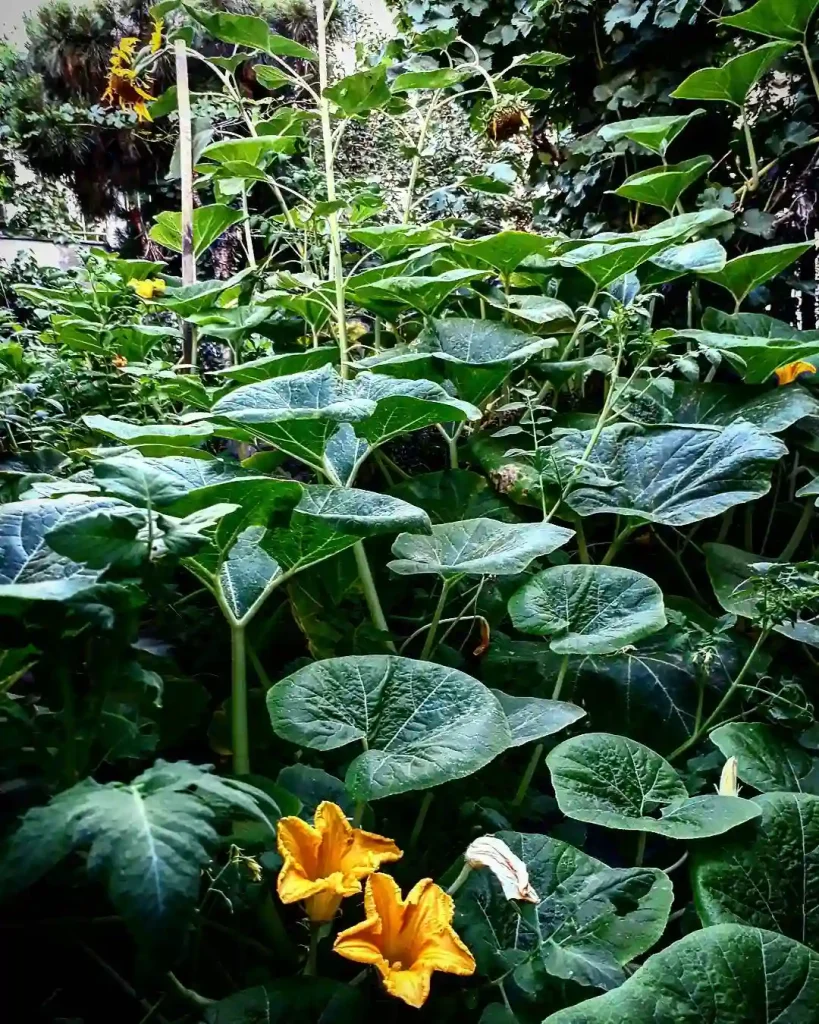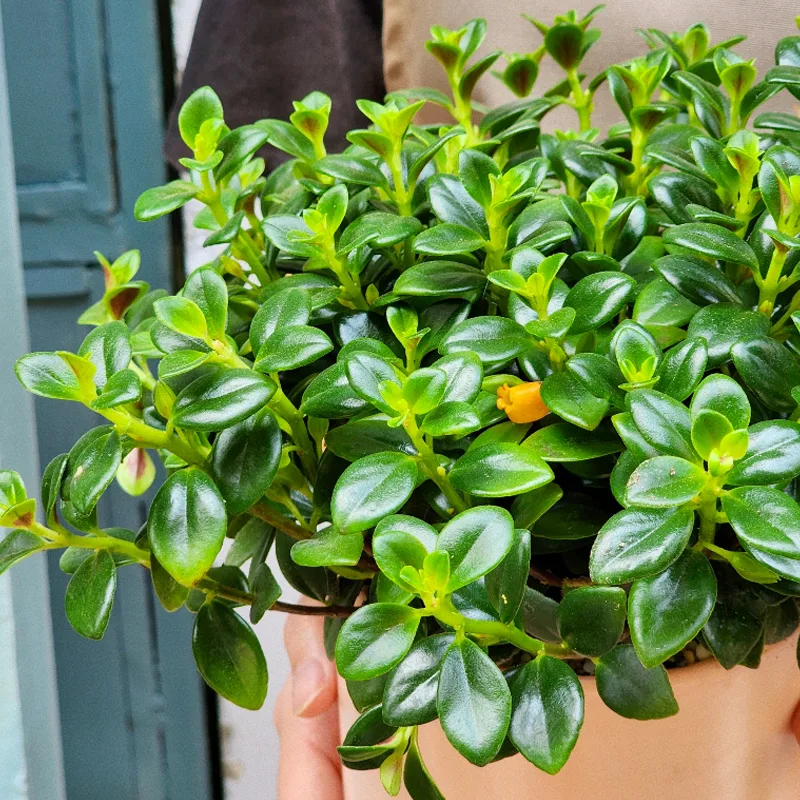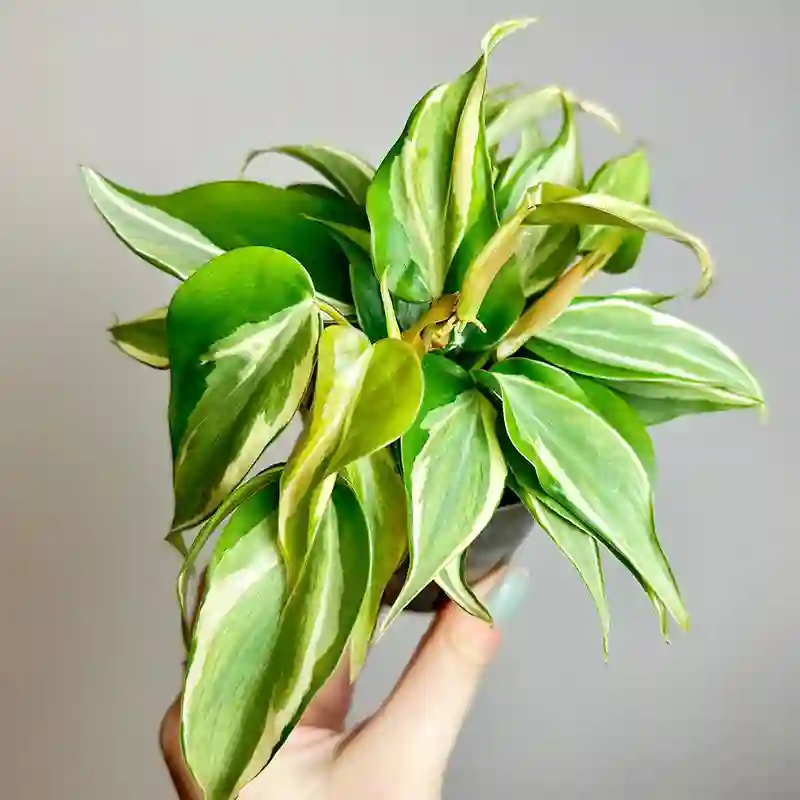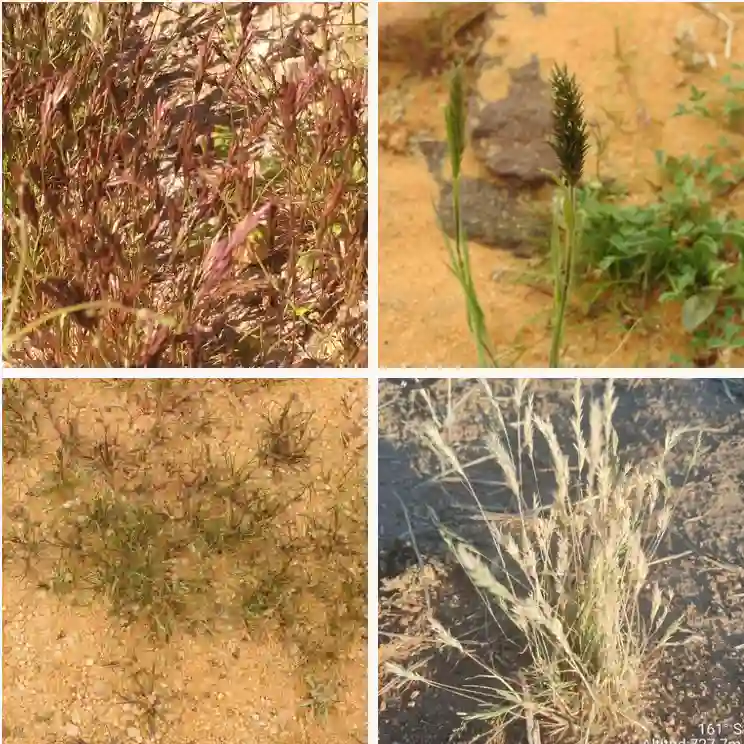Tillandsia Capitata Domingensis: A Tiny Titan of the Air Plant World
I’m Ferb Vu, and I’m obsessed with air plants. Tillandsias, with their unique ability to thrive without soil, have become a mainstay in my collection. But among them all, the Tillandsia Capitata Domingensis holds a special place. This little wonder packs a big punch in the aesthetics department, and I’m here to answer all your burning questions about it.
690 Species in Genus Tillandsia – Air Plants
What is Tillandsia Capitata Domingensis?
Imagine an air plant that’s perpetually blushing. That’s the Tillandsia Capitata Domingensis. This captivating miniature boasts reddish, slender leaves that maintain their vibrant color year-round. Unlike most Tillandsias that turn green or blush only when blooming, the Domingensis stays perpetually rosy.
Discovered in the Dominican Republic by Luis Ariza Julia and Prof. Eugene de J. Sagredo, this air plant is native to tall limestone cliffs. Due to its limited habitat, it remains a sought-after variety among collectors.
Pro Tip: The “Domingensis” part of the name isn’t officially recognized anymore, but it serves as a helpful way to differentiate this miniature from its mainland Tillandsia Capitata cousins.
How Does It Compare to Tillandsia Capitata?
While the Tillandsia Capitata Domingensis is a superstar in its own right, it’s natural to wonder how it stacks up against its namesake, Tillandsia Capitata. Here’s a quick breakdown:
- Size: The Domingensis is the pipsqueak of the two, rarely exceeding 4 inches in height. Tillandsia Capitata, on the other hand, can grow up to a foot tall.
- Color: Domingensis wears its heart on its leaves, sporting a permanent reddish hue. Tillandsia Capitata starts green and blushes red when blooming.
- Flowering: Both varieties produce vibrant purple flowers, but the Domingensis’ flower spike (scape) and bracts are also red, creating a more uniform color display.
- Rarity: Due to its limited habitat, the Domingensis is harder to find than the more widespread Tillandsia Capitata.
Short Answer: They’re close relatives, but the Domingensis is the smaller, permanently blushing, and rarer cousin.
How Do I Care for Tillandsia Capitata Domingensis?
The good news is, this little air plant isn’t fussy. Here’s what you need to know:
- Light: Bright, indirect light is ideal. Avoid harsh afternoon sun.
- Watering: Since it absorbs moisture from the air, misting or dunking your Domingensis 2-3 times a week is sufficient. Allow it to dry completely within 6-8 hours to prevent rot.
- Humidity: Moderate humidity (around 50%) is preferred. If your environment is drier, misting more frequently can help.
- Fertilizing: A light feeding with a specific air plant fertilizer once a month during the growing season (spring and summer) is beneficial.
Remember: Proper air circulation is key. Avoid keeping your Domingensis in stagnant air.
Can I Mount My Tillandsia Capitata Domingensis?
Absolutely! Mounting allows you to showcase your air plant’s unique form. Cork bark, driftwood, or even seashells are popular choices. Just ensure the mount is stable and allows for good air circulation around the plant’s base.
Alternatively: You can display your Domingensis in a terrarium or a well-draining pot filled with orchid bark.
How Often Does Tillandsia Capitata Domingensis Bloom?
These little charmers can bloom multiple times a year under the right conditions. Expect vibrant purple flowers that emerge from a red capitate (rounded) head. The blooms can last for several weeks, adding a delightful pop of color to your space.
Is Tillandsia Capitata Domingensis Easy to Propagate?
Yes! Tillandsias, like the Domingensis, reproduce through pups – baby air plants that sprout at the base of the mother plant. Once the pups reach a size manageable for handling (around 1/3 the size of the mother plant), you can gently remove them and care for them individually.
Bonus Tip: Patience is key. Propagating air plants can take several months.
Where Can I Find Tillandsia Capitata Domingensis?
Due to its relative rarity, finding a Domingensis at your local garden center might be a challenge. However, online retailers specializing in air plants often carry them. Be prepared to pay a slight premium compared to more common Tillandsia varieties.
If i die, water my plants!



